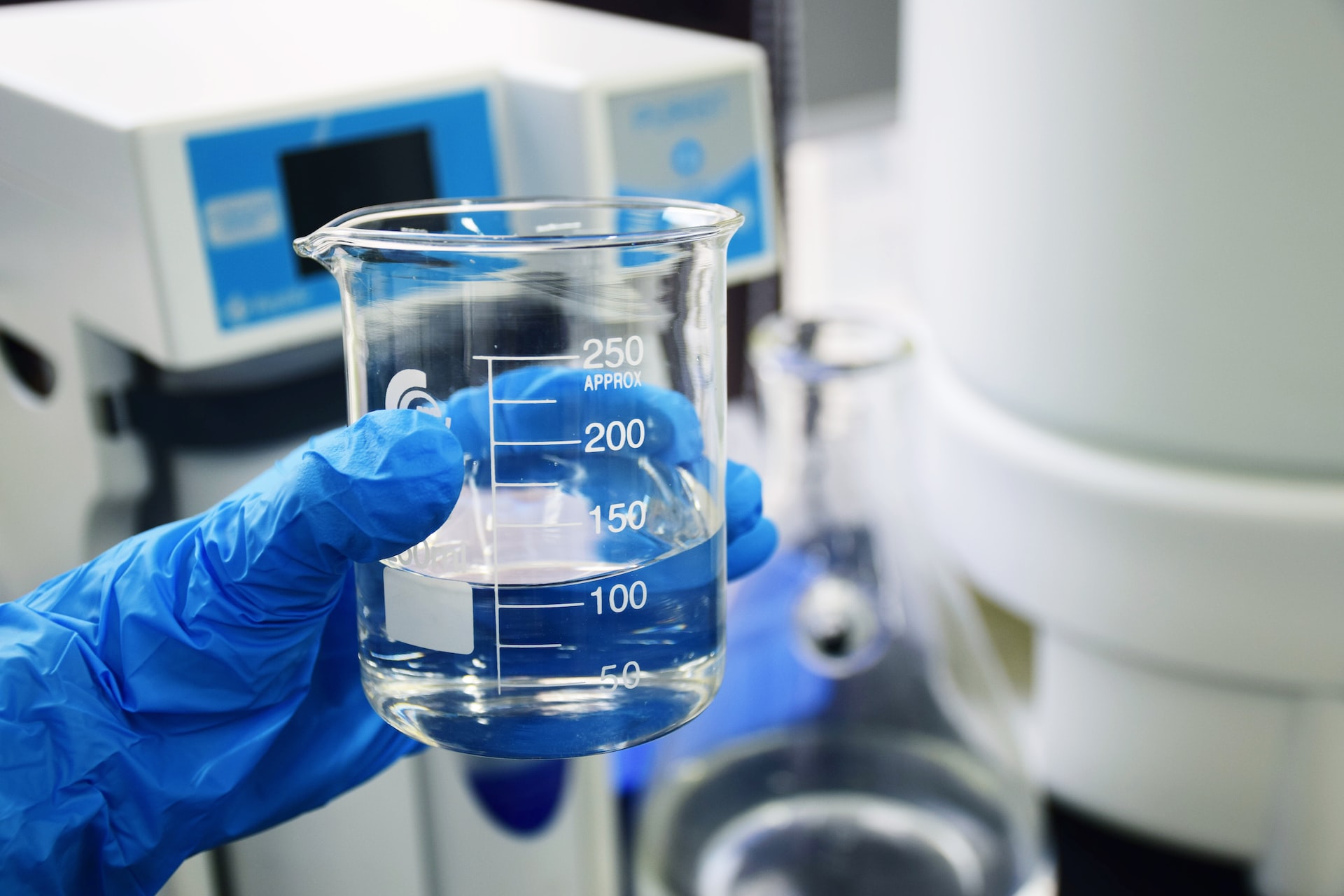Zeolites are minerals made of hydrated aluminosilicates of sodium, calcium, and potassium. They are widely used in industrial processes and consumer products.
They have a wide variety of applications, including purification of air and water, catalysis, and adsorption of odor and toxins. The unique structure of zeolites makes them attractive for many different applications. Zeolites have a wide range of pore sizes and shapes, which allow them to absorb and adsorb molecules of different sizes. This makes them ideal for various industrial uses, such as water treatment and catalysis.
Domestic Production and Use
In 2022, seven businesses ran ten mines in six states that produced 86,000 tons of zeolites. This total was relatively more compared to the amount that was made in 2021.
Production of the four most common types of zeolites in the United States was mainly concentrated in Arizona, California, Idaho, New Mexico, Oregon and Texas. These states were the primary sources of chabazite, clinoptilolite, erionite, ferrierite, mordenite and phillipsite.
The majority of the production was handled by three leading companies, which collectively accounted for around 80 percent of the total production.
In the United States, estimated sales of natural zeolites in 2022 amounted to 79,000 tons, a 6% increase from the previous year.
The majority of this was used for animal feed, odor control, and water purification, comprising around 70% of all domestic sales. Other uses for the substance included oil and grease absorbent, pet litter, fertilizer carrier, air filtration, wastewater treatment, and desiccant. Additionally, it was used for applications such as ice melt, soil amendment, synthetic turf, fungicide or pesticide carrier, and aquaculture.
Events, Trends, and Issues
In the past 30 years, the production of natural zeolites has grown significantly, particularly in animal feed, odor control and water purification. Despite this, its use in pet litter and wastewater cleanup has become less popular due to competition from other products. However, the sale of natural zeolites for synthetic turf, pool filter media and traction control has increased over the past 5 years. This has resulted in an overall rise in production in 2022.
Synthetic Zeolite Market Overview
Man-made zeolites are a type of aluminosilicate mineral widely used across various industries, such as chemical, petrochemical, and refining. They are utilized for a variety of purposes, including as catalysts, absorbents, and ion exchange materials. With the growing demand from these and other sectors, the global synthetic zeolite market is expected to expand in the coming years.
Synthetic Zeolite Market Statistics
The total amount of money made from the sale of synthetic zeolite products in 2021 was approximately 4,825 million dollars. This number is expected to grow at 4% each year between 2022 and 2030. The synthetic zeolite market in the Asia-Pacific region has a high share in 2021, surpassing 40.8%.
The detergent market is growing rapidly, with a 39.1% share of the overall market in 2021. This demonstrates the strong demand for these products.
To Sum Up
Zeolites are one of the most fascinating and versatile minerals found in nature. They are formed from the cooling of lava and contain a variety of minerals, including silica, alumina, and water. Zeolites have many different uses, ranging from industrial applications to medical treatments.
They are also used as catalysts in various industries, as they have a large surface area and can be tailored to specific needs. Zeolites are a cost-effective and environmentally friendly product that can help make a difference in a variety of industries.
Zeolites are an important mineral that should continue to be studied and utilized to maximize their potential and benefit the environment.
What are the benefits of zeolite? Zeolite for Detox will help you navigate Zeolite through product reviews, FAQs, and more.
Recent Posts
You love watching your little one grow and learn new things every day, but early signs of speech delay can sometimes go unnoticed. Observing your toddler's developmental milestones is crucial in...
Zeolite, a volcanic mineral known for its detoxification properties, is gaining popularity in the health industry. Parents often wonder if it is safe and effective for their children. In this...

